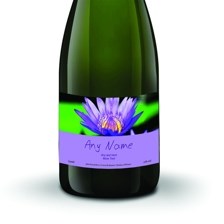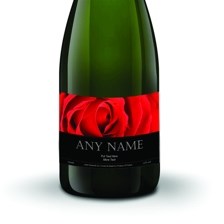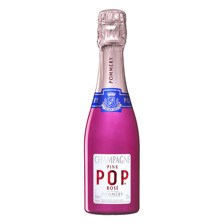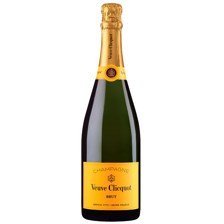Within the Champagne AOC, three main grapes are authorised:
Although Pinot Noir and Pinot Meunier are black grapes, Champagne typically appears pale gold in the glass because of the gentle pressing methods that minimise skin contact with the juice. Chardonnay is predominantly grown in the Côte des Blancs (south of Épernay), while Pinot Noir thrives around the Montagne de Reims, and Pinot Meunier is prominent in the Vallée de la Marne.
These differing terrains account for distinct grape characteristics, which then influence the blend in the final Champagne.
While rosé wines in most regions result from brief maceration of black grape skins with the clear juice, Rosé Champagne has a unique allowance: producers may add a small portion of red wine to the blend. This ensures a consistent, vibrant pink hue and flavour profile from year to year, making Rosé Champagne especially renowned for its reliability and distinctive style.
After the second fermentation in bottle, a measured dose of sugar solution (dosage) is added before final corking. The amount of sugar defines the style’s sweetness:
Historically, Champagnes were once much sweeter, but modern preferences lean towards drier (Brut) styles.
Blanc de Noirs (“white from blacks”) is made exclusively from black grapes—Pinot Noir and/or Pinot Meunier. Despite using red-skinned grapes, the juice remains clear if skins are removed promptly, resulting in a pale, often fuller-bodied Champagne.
Blanc de Blancs (“white from whites”) is produced solely from Chardonnay. These Champagnes typically showcase finesse, elegance, and crisp acidity, often with subtle toasty or biscuity notes from ageing.
A Prestige Cuvée (or Cuvée de Prestige) represents the pinnacle of a Champagne house’s range, produced with the finest grapes, often from top Grand Cru vineyards, and subject to meticulous winemaking and extended ageing. Iconic examples include:
These wines exemplify the height of Champagne artistry and command accordingly higher prices. The earliest notion of a prestige cuvée emerged in 1876 when Louis Roederer created Cristal for Tsar Alexander II’s private consumption; however, Moët & Chandon’s Dom Pérignon—launched commercially in 1936—popularised the concept to the rest of the world.
Champagne’s appeal lies in its extraordinary diversity. From the delicate character of Blanc de Blancs to the robust richness of Blanc de Noirs, and from non-vintage blends consistent in style to the singular expression of a vintage year, this revered sparkling wine captures an unparalleled balance of tradition, innovation, and terroir-driven complexity. Whether savoured as a celebratory toast or explored for its nuanced flavours, Champagne maintains its coveted status as one of the world’s most prestigious and fascinating wines.







